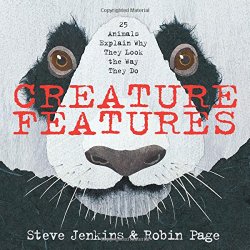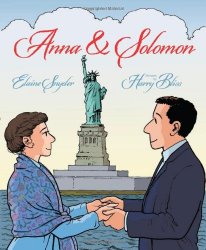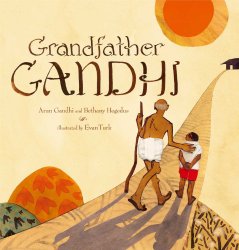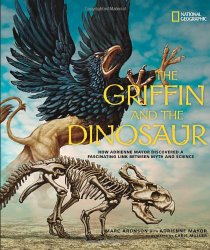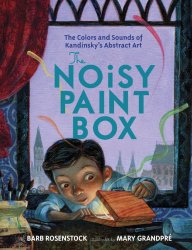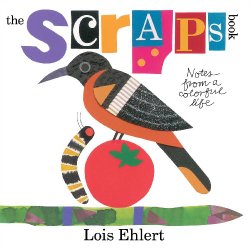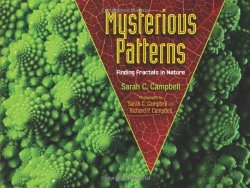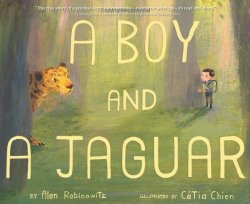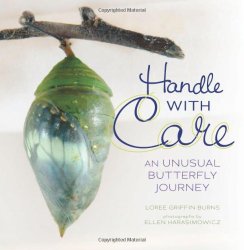Review of Creature Features, by Steve Jenkins & Robin Page
25 Animals Explain Why They Look the Way They Do
by Steve Jenkins & Robin Page
Houghton Mifflin Harcourt, Boston, 2014. 32 pages.
Steve Jenkins’ books are unfailingly fascinating. His cut-paper art is amazingly detailed and realistic.
This book is a simple introduction to the fascinating world of animals for younger readers. The pictures present 25 animals with something strange about the way their face looks. These animals explain why these looks help them survive, using simple language.
Here are a couple of examples:
Dear Egyptian vulture: Why no feathers on your face?
Are you sure you want to know? Really? Okay, I’ll tell you. I stick my face into the bodies of the dead animals I eat, and feathers would get pretty messy . . .
Dear star-nosed mole: What is that weird thing growing on your face?
Actually, that’s my nose. I live underground, and I use the tentacles on my snout to feel my way in the dark and find tasty worms and grubs to eat.
This book is a wonderful way to excite children’s curiosity about the natural world. It’s not often that a nonfiction book would work well for both preschool storytime and keeping the attention of school-age kids, but this one falls firmly in that category.
stevejenkinsbooks.com
hmhco.com
Find this review on Sonderbooks at: www.sonderbooks.com/Childrens_Nonfiction/creature_features.html
Disclosure: I am an Amazon Affiliate, and will earn a small percentage if you order a book on Amazon after clicking through from my site.
Source: This review is based on a library book from Fairfax County Public Library.
Disclaimer: I am a professional librarian, but I maintain my website and blogs on my own time. The views expressed are solely my own, and in no way represent the official views of my employer or of any committee or group of which I am part.
